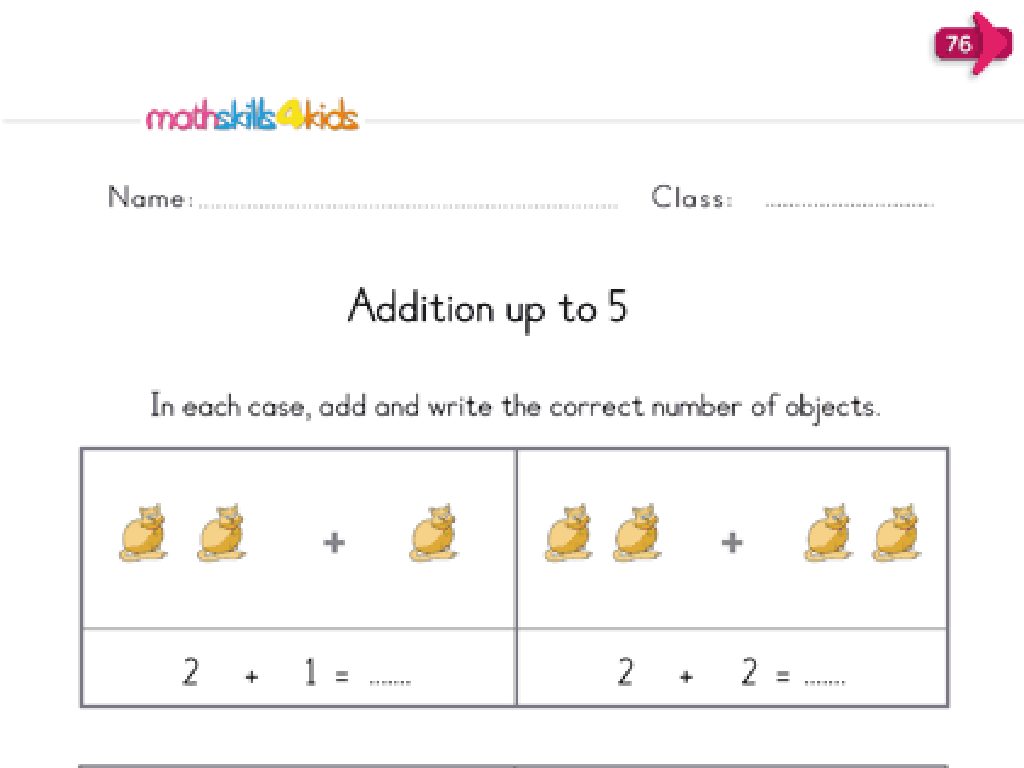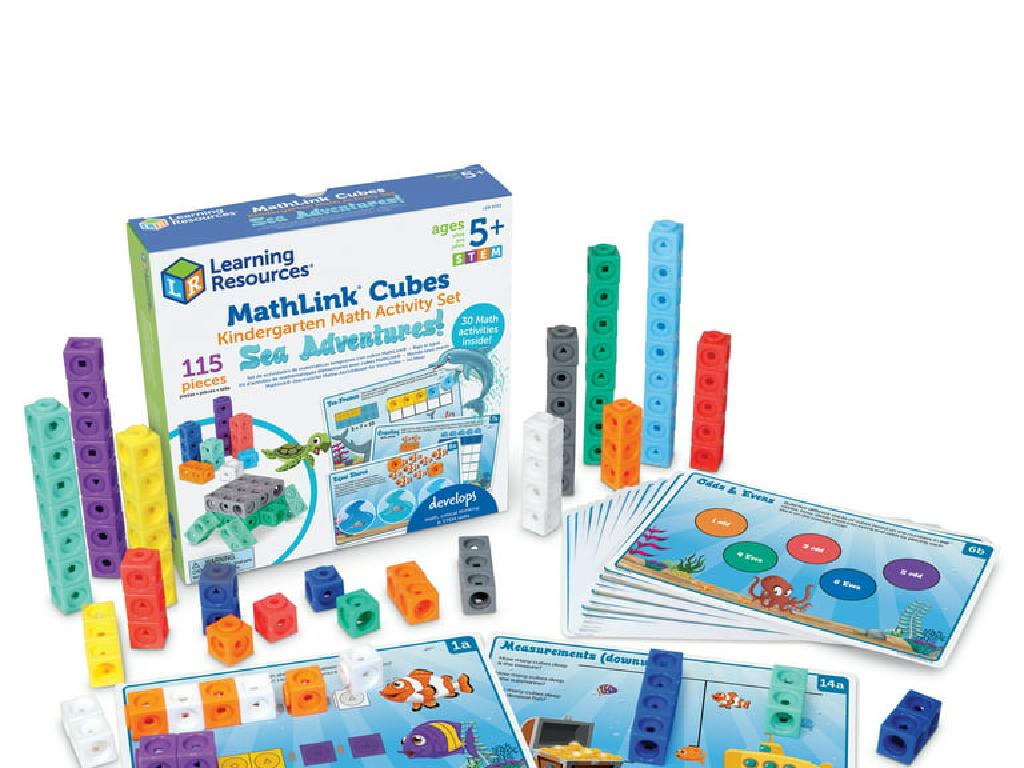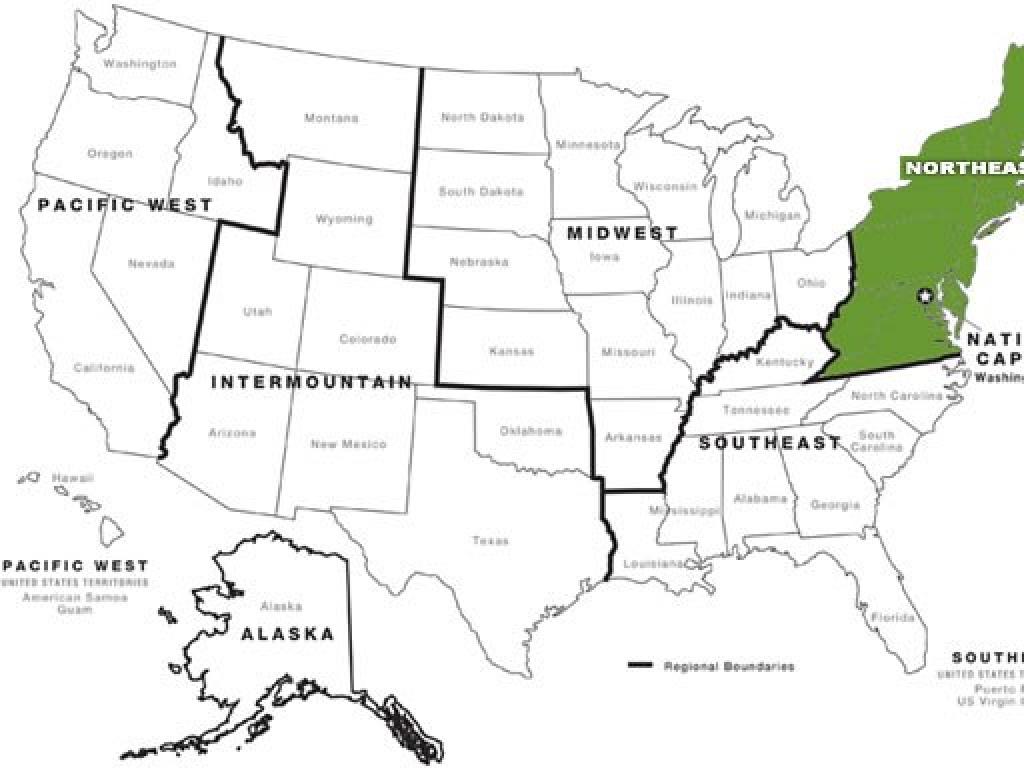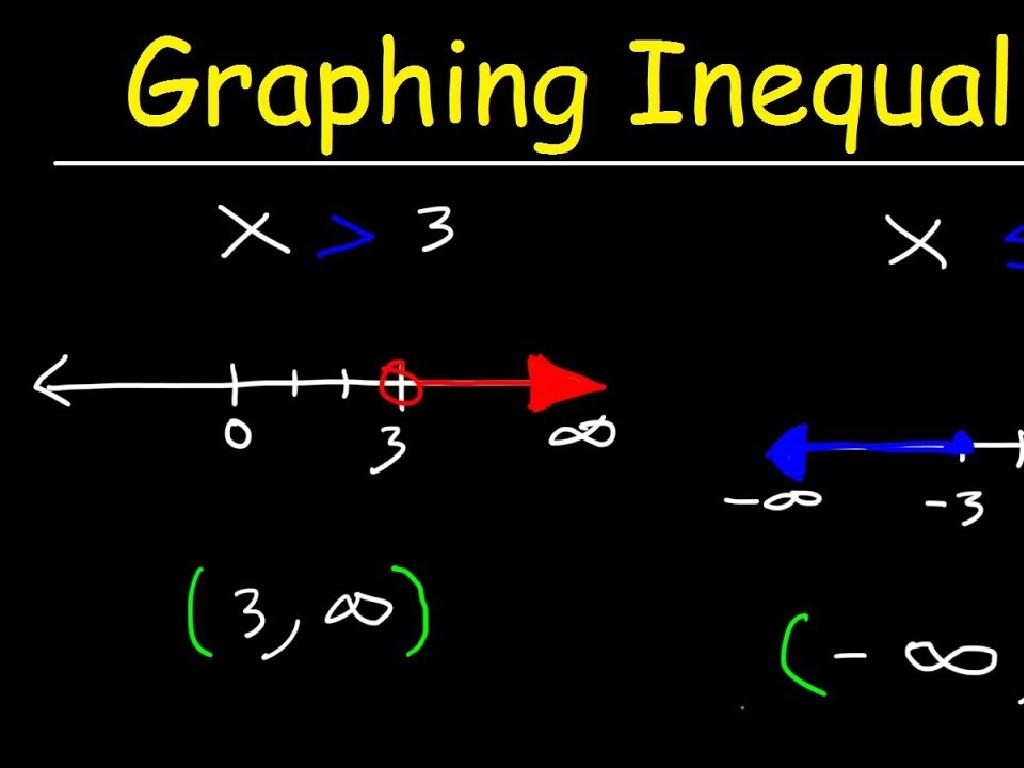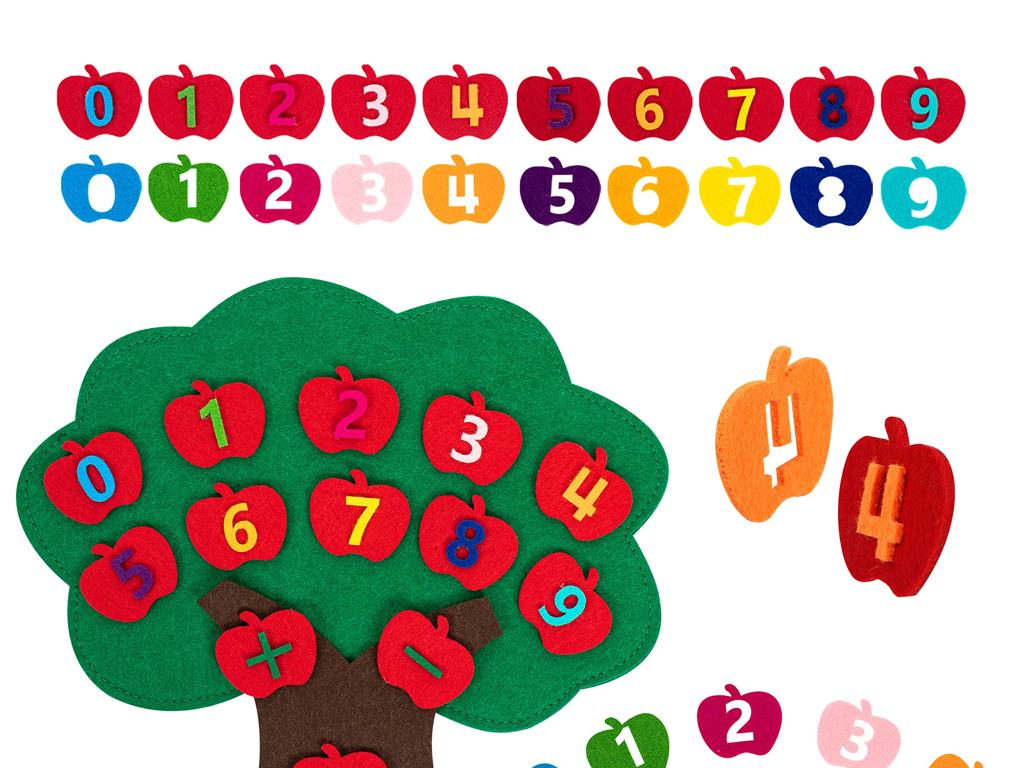Identify Infinitives And Infinitive Phrases
Subject: Language arts
Grade: Eighth grade
Topic: Verb Tense And Mood
Please LOG IN to download the presentation. Access is available to registered users only.
View More Content
Infinitives and Infinitive Phrases
– Define infinitives in English
– Base form of the verb with ‘to’, e.g., to run, to eat
– Explore infinitive phrases
– Infinitives with modifiers/objects, e.g., to run a marathon
– Discuss their role in communication
– They express purpose, intention, or potential
– Examples in everyday language
– ‘To think before speaking’ shows intention
|
This slide introduces infinitives and infinitive phrases, which are the basic building blocks of English and crucial for understanding verb tense and mood. Infinitives are the base form of a verb, typically preceded by ‘to’. Infinitive phrases include the infinitive and can also contain modifiers or objects, providing more detail. They are important in daily communication as they help to express purpose, intention, or potential actions. Provide examples to illustrate how infinitives are used in everyday language, such as expressions of advice or intentions. Encourage students to identify infinitives in sentences and consider how they change the meaning of the sentence.
Understanding Infinitives
– Define an infinitive
– The base form of a verb preceded by ‘to’, e.g., to run, to eat, to be
– Infinitives’ roles in sentences
– Can function as nouns, adjectives, or adverbs
– Infinitives are timeless
– Not limited by subject agreement or tense
– Examples in sentences
– ‘To dance’ adds meaning: She loves to dance (noun), He has a dance to perform (adjective), She went to the studio to dance (adverb)
|
This slide introduces the concept of infinitives to students. Begin by explaining that an infinitive is the most basic form of a verb, usually preceded by the word ‘to’. Highlight how infinitives are versatile and can serve different functions in a sentence: as a noun (subject or object), an adjective (describing a noun), or an adverb (modifying a verb, an adjective, or another adverb). Emphasize that infinitives are not constrained by subject-verb agreement or tense, which makes them unique compared to other verb forms. Provide clear examples for each role an infinitive can play in a sentence. Encourage students to create their own examples and identify the role of the infinitive within them.
Identifying Infinitives and Their Functions
– Infinitives: ‘to’ + verb form
– An infinitive will almost always begin with ‘to’ followed by the simple form of the verb, like ‘to run’, ‘to eat’, ‘to laugh’.
– Infinitives as nouns: ‘I love to read.’
– Here, ‘to read’ acts as the object of the verb ‘love’, functioning as a noun.
– Infinitives as adjectives: ‘The book to read…’
– In this case, ‘to read’ describes ‘the book’, functioning as an adjective.
– Infinitives as adverbs: ‘He went to grab…’
– ‘To grab’ modifies the verb ‘went’, telling us why he went, functioning as an adverb.
|
This slide introduces students to infinitives and how they function within sentences. Start by explaining that an infinitive is the base form of a verb, usually preceded by ‘to’. Then, show how infinitives can act as different parts of speech: as nouns, adjectives, or adverbs. Provide examples for each case and encourage students to create their own sentences using infinitives in different roles. Emphasize that the role of an infinitive is determined by how it’s used in the sentence, which can be a challenging concept. To reinforce learning, have students identify infinitives in sentences from their reading material.
Understanding Infinitive Phrases
– Infinitive phrases explained
– An infinitive phrase has the infinitive and its modifiers or complements.
– Infinitive: ‘to’ + base verb
– The infinitive form is ‘to’ followed by the verb, like ‘to eat’, ‘to run’, ‘to read’.
– Modifiers/complements in phrases
– These can include adverbs or objects that modify the action of the infinitive.
– Example: ‘to make a sandwich quickly’
– ‘to make’ is the infinitive; ‘a sandwich quickly’ describes what and how.
|
This slide introduces the concept of infinitive phrases to students. Start by defining an infinitive phrase, emphasizing that it includes the infinitive itself and any modifiers or complements that accompany it. Explain that the infinitive form always begins with ‘to’ followed by the base form of a verb. Modifiers and complements provide additional information about the action or state of the infinitive. Use the example ‘to make a sandwich quickly’ to illustrate how ‘to make’ is the infinitive and ‘a sandwich quickly’ acts as the modifier/complement, specifying what is being made and the manner of making it. Encourage students to identify infinitive phrases in sentences and consider what additional information the modifiers/complements provide about the action.
The Role of Infinitives in Sentences
– Infinitives express purposes
– ‘to buy groceries’ explains why she went
– Infinitives show intentions
– ‘to study medicine’ indicates his future plan
– Infinitives create polite tones
– Starting with ‘to begin with’ is courteous
|
This slide aims to help students recognize how infinitives function within sentences to express different concepts such as purpose, intention, and tone. Infinitives, which are the base form of a verb usually preceded by ‘to’, can clarify why an action is taken, reveal plans or intentions, and even set a formal or polite tone in communication. Encourage students to create their own sentences using infinitives to express these concepts. Discuss how the tone changes with the inclusion of an infinitive and how it can alter the listener’s perception of the speaker’s intent.
Activity Time: Spot the Infinitive!
– Let’s identify infinitives together
– Pair up and find infinitives
– Work with a classmate to spot infinitives in sentences
– Underline the infinitives you find
– Use a pencil to underline each infinitive phrase
– Share your findings with the class
– Discuss as a class the infinitives discovered
|
This activity is designed to reinforce the concept of infinitives and infinitive phrases. Students will work in pairs, which encourages collaboration and peer learning. Provide students with sentences that contain clear examples of infinitives. Remind them that an infinitive is the base form of a verb, usually preceded by ‘to’ (e.g., to run, to eat, to be). After they have identified and underlined the infinitives, ask each pair to share their sentences and the infinitives they found with the class. This will allow for a discussion on the role of infinitives in sentences and ensure that any misconceptions are addressed. Possible variations of the activity could include having students write their own sentences using infinitives, creating a classroom poster with the collected sentences, or even a friendly competition to see which pair can identify the most infinitives.
Class Activity: Crafting Infinitive Stories
– Write a short story with 5+ infinitives
– Highlight infinitives and phrases
– Infinitives are the ‘to’ form of verbs, like ‘to run’, ‘to eat’
– Share your story with the class
– Receive and give feedback
|
This activity is designed to help students apply their knowledge of infinitives and infinitive phrases in a creative context. Students will write their own short stories, incorporating at least five different infinitives, which they will then highlight. This visual aspect will help them and their peers to identify infinitives within a text. After writing, students will present their stories to the class, providing an opportunity for public speaking and peer review. Encourage students to listen actively and provide constructive feedback on the use of infinitives in each other’s stories. Possible activities for different students could include writing stories in different genres, using infinitives to express different moods or tenses, or even creating comic strips that incorporate infinitive phrases.
Wrapping Up: Infinitives & Looking Ahead
– Review today’s infinitive lesson
– Complete the infinitive worksheet
The worksheet reinforces identifying infinitives and their uses.
– Study for the upcoming quiz
Quiz will cover all verb tense and mood topics discussed.
– Practice verb tense and mood
Understanding infinitives is key to mastering verb tenses and moods.
|
As we conclude today’s lesson on infinitives, remind students of the importance of recognizing infinitives and their role in sentences. Encourage them to complete the provided worksheet to reinforce their understanding. Additionally, inform them of the upcoming quiz on verb tense and mood to ensure they review all relevant materials. Emphasize the value of practice in mastering these concepts and suggest reviewing class notes, completing additional exercises, and forming study groups if possible. Offer to provide extra support for any students who need it before the quiz.

